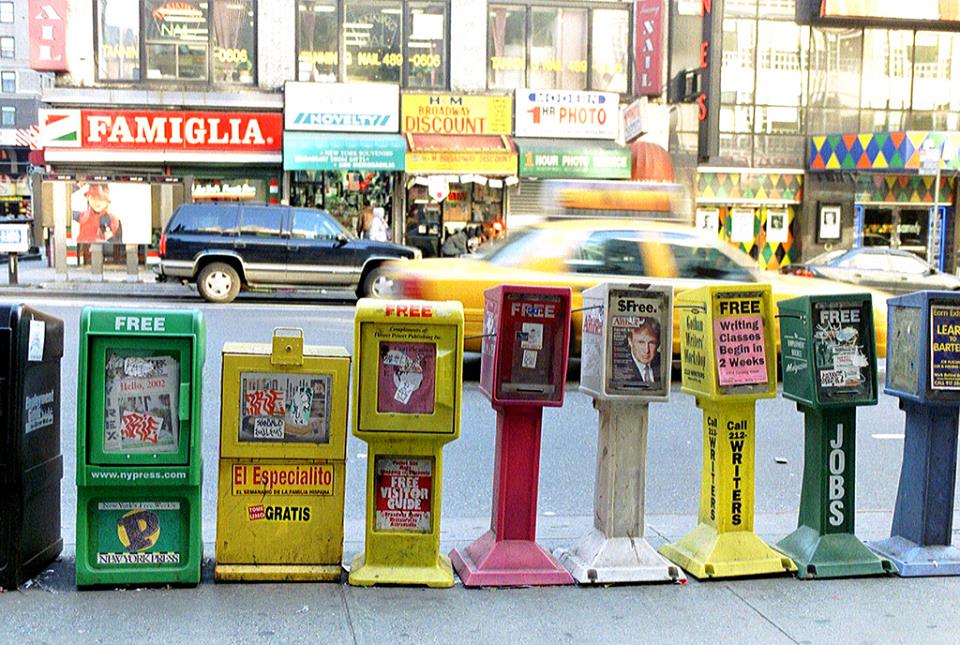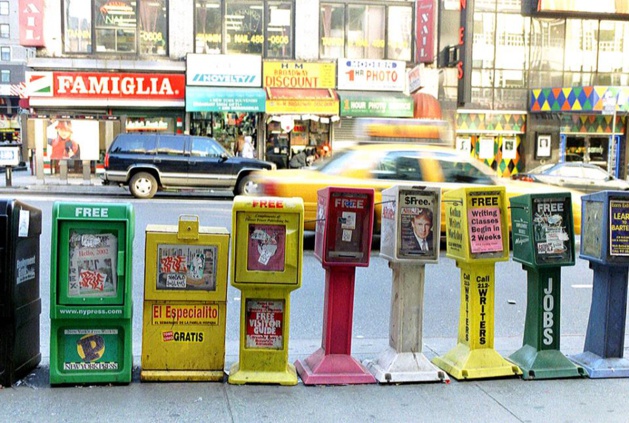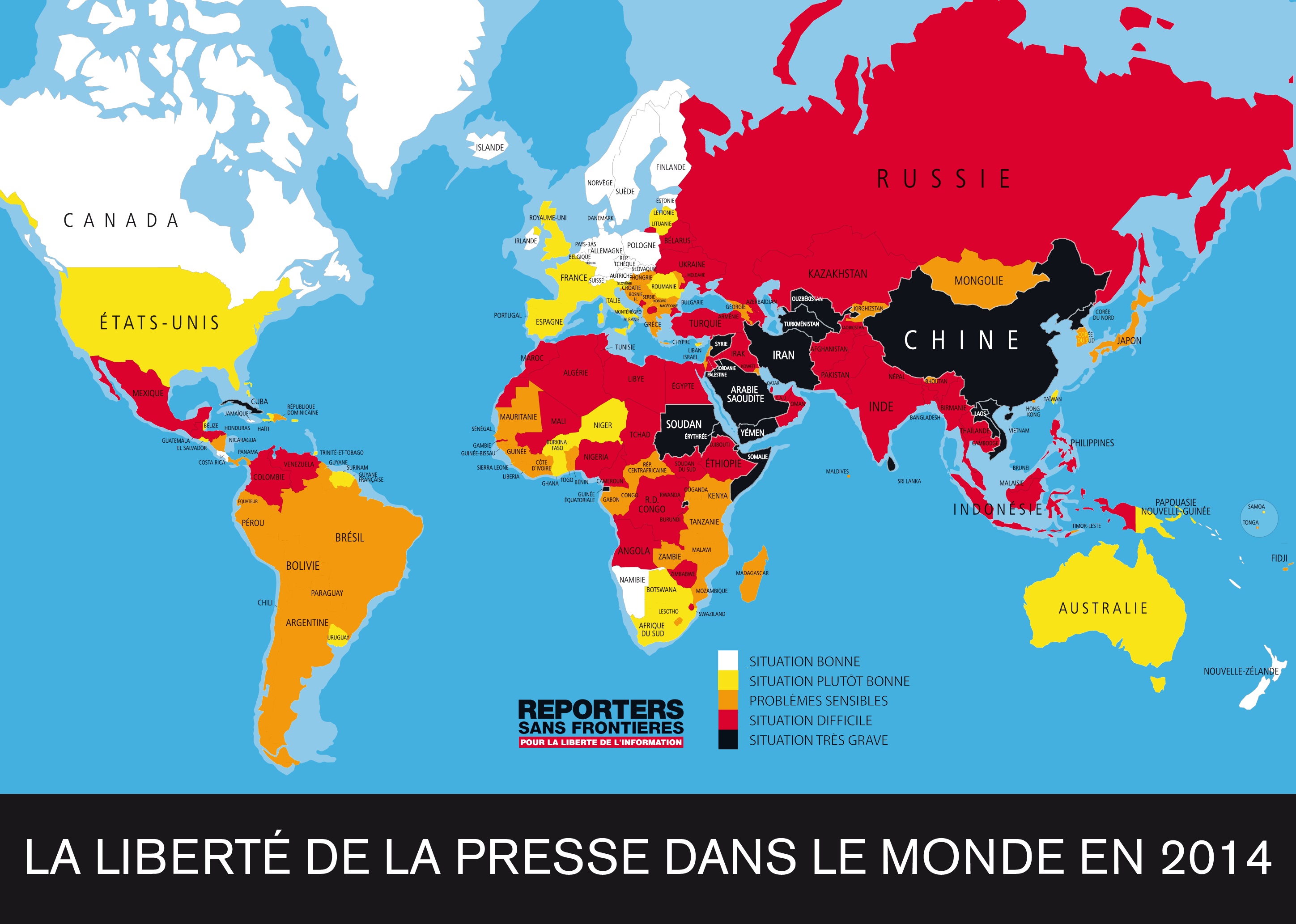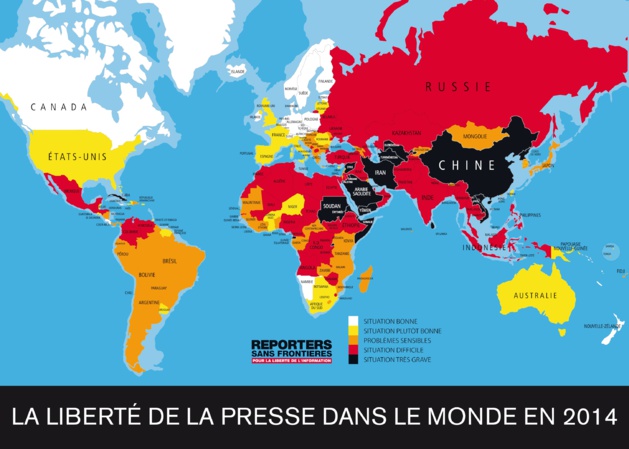Published every year, this report assesses press freedom in 180 countries across the world, reflecting the room for manoeuvre that journalists, medias and citizens have, as well as the means implemented by states to ensure respect of this right. According to a questionnaire sent to its partner organizations and correspondents, the NGO classifies each country on a scale from 0 to 100 through grades, 0 being the best grade.
On a worldwide level, freedom of press is moving backwards
The chart established by Reporters without Borders is made from the collection of several data: the number of journalists, press colleagues and digital citizens imprisoned or killed while carrying out their duties, the number of journalists abducted or exiled, the number of aggressions and interrogations, or even the amount of censored media in the year. Other data, more difficult to quantify, are also taken into account, such as the degree of self-censorship from the media or the intrusion of power in the editorial content.
Launched in the 2013 Index, the annual index of press freedom is a tool now vital to the creation of this world chart. In 2014, it confirmed a downgrading of 1.8% of the press freedom situation between 2013 and 2014 on a global scale. A decrease that could be explained by a certain evolution in numbers of abuses but also by other factors such as pluralism, the independence of media opposed to political powers, the quality of legal frame that supervises activities linked to information, or even the general climate in which the right to inform and to be informed is practised.
War: main threat to the right to inform
Generally speaking, the 2014 Index reveals the negative impact armed conflicts have on press freedom: in such contexts, the media become strategic targets. Syria (177th of the Index) illustrates perfectly this case, and is now on the list of countries where press freedom and its actors are the most in danger, like the case of the “infernal trio”: Turkmenistan, North Korea and Eritrea, where press freedom has been non-existent for many years. In the same region, Lebanon, Iraq and Iran were ranked 106th, the 153rd and the 173rd. In these three countries, it was the coverage of the Syrian conflict that was highly watched, and sometimes even punished by power in place.
National security and information: incompatible notions?
Far from setting the example, countries qualified as “State of rights” sometimes offering an abusive interpretation of the National security, tend to relegate press freedom to the second plan. That is the case in the United States for example, which fell 13 places to be ranked 46th, and where investigative journalism is the first to suffer from protection of National security. the pursuit of Edward Snowden and condemnation of soldier Bradley Manning (who had highlighted some serious scandals in the war against terrorism in Iraq) were as many warnings given to those who would wish to deliver “sensible” information to the public.
In the United Kingdom, who fell three places to 33rd place, six above that of France, the fight against terrorism served as a justification of pressure from the daily newspaper The Guardian. In other countries, journalists are considered as “threats to national security”. This is the case in Turkey, in 154th place, especially when journalists challenge the Kurdish question.
Noteworthy evolutions
On the American continent, the most noticeable decreases, besides the United States, are Guatemala and Paraguay, respectively in 29th and 13th position. In Africa, it is Mali and the Central African Republic who fell 23 and 44 places in the index. Zambia is also noticeable, and its fall of 20 places can be explained by the measures the information websites took concerning censorship. At the bottom of the index can be found countries like Vietnam, Uzbekistan and Saudi Arabia, although they continuously adapt their censorship methods to the digital era.
The 2014 edition of the “World Press Freedom Index” however saved us some good surprises. Indeed, the decrease of violence, direct censorships and abusive procedures in Panama, in Dominican Republic, in Bolivia and in Equateur allowed them to rise in rankings by 25, 13, 16 and 26 place, respectively. Israel rose 17 places in 2014, but it was not enough to ignore the operations led in 2012 by the Israeli government against the Palestinian media, which had made them lose 20 seats in the 2013 Index. Some evolutions can thus be observed but they are however measured over one year only.































